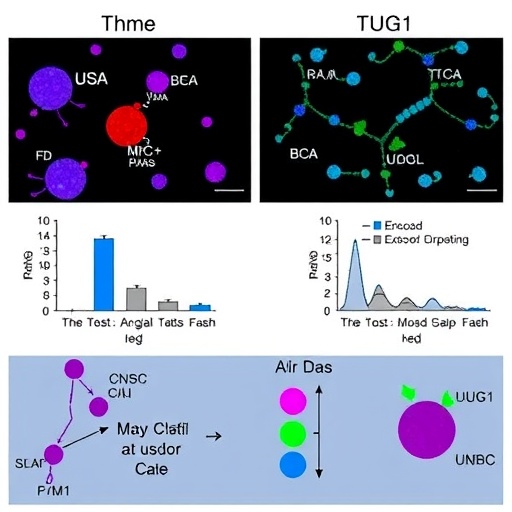University of Queensland research into the effects of dust mite and cockroach allergens has found that different types of asthma respond differently to a new experimental treatment.
School of Biomedical Sciences asthma expert Associate Professor Simon Phipps said two common asthma types were involved in the tests.
"Laboratory tests using mice showed that exposure to house dust mite allergens generated eosinophilic asthma, which affects half of all asthmatics," he said.
"Exposure to cockroach extract, however, generated an inflammatory response typical of neutrophilic asthma, commonly found in severe asthmatics."
Despite the different responses caused by the allergens, Associate Professor Phipps said current treatment options for all types of asthma were the same.
"Steroids are the mainstay of all asthma treatment and eosinophilic asthma responds well to this treatment," he said.
"And while steroids are less effective against neutrophilic inflammation, they are currently the best treatment option available."
Associate Professor Phipps and his research team collaborated on the laboratory tests with asthma geneticist Dr Manuel Ferreira from the QIMR Berghofer Medical Research Institute.
Earlier findings by Dr Ferreira published in The Lancet identified that a risk factor for asthma was a genetic variant in the IL-6 receptor, which is activated by IL-6 causing inflammation in the airways.
His findings also suggested that an antibody treatment which blocks that receptor, already in use for rheumatoid arthritis, could be an effective treatment for asthma.
"Our laboratory tests confirmed that both house dust mite and cockroach allergens increased the production of IL-6," Associate Professor Phipps said.
"However, the cockroach allergen also increased production of the IL-6 receptor, which led to the more severe neutrophilic asthma.
"When we used the rheumatoid arthritis antibody treatment to block the receptor, the mice exposed to the cockroach allergen responded very well, whereas the mice exposed to house dust mite got worse.
"These findings suggest that different treatment options are necessary for different types of asthma."
Following the findings of Associate Professor Phipps' laboratory tests, Dr Ferreira is now conducting clinical trials, treating patients who have increased IL-6 receptor levels with the rheumatoid arthritis antibody treatment.
###
Associate Professor Phipps' research findings are published in The Journal of Allergy and Clinical Immunology.
Media: Associate Professor Simon Phipps, [email protected] + 61 7 3365 2785; School of Biomedical Sciences Marketing Lynda Flower, [email protected], +61 7 3365 1536.




